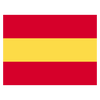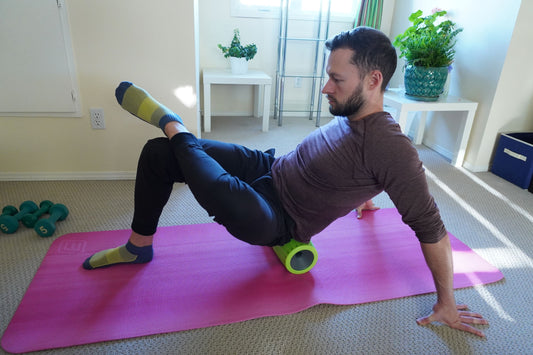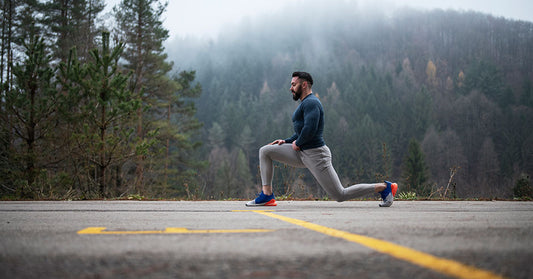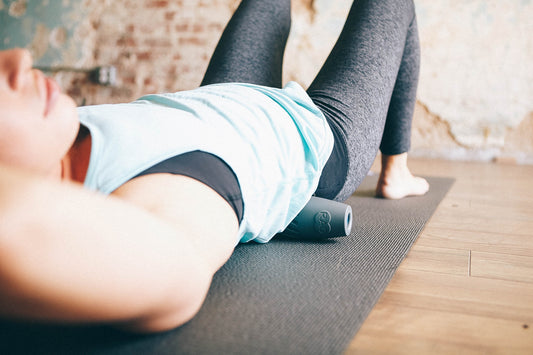Why Your T-Spine Heath Matters - Pt. 1
The T-spine contains and protects the lungs and the heart, which makes it a vital part of the human anatomy.
Breathing.
The T-spine contains and protects the lungs and the heart... But we'll just use the lungs as an example. We take around 20,000 breaths per day, and anything you do 20,000 times per day would be good to do right ;)... Every time we inhale, we get a slight expansion in the ribcage (and extension, think backward bending, of the thoracic spine), and every time we exhale, we get a small contraction in the ribcage and flexion in the thoracic spine. The T-spine is constantly moving when we breathe... However, when we spend too much time in a flexed state (think desk posture, etc), we end up shortening the breath cycle, because the thoracic spine can't move quite as much and expand with the lungs.
Overuse.
Obviously, you aren't going to stop breathing it your thoracic spine doesn't move well, but you will start to overuse the 'secondary respiratory muscles', which are primarily in the neck. Try this. Take a HUGE breath in. You'll notice at the end of the breath, most folks will lift the ribcage with the muscles of the neck. These muscles are meant to support breathing, but not take the entire load. You end up pulling from the neck much more than the breath that comes from much lower in the diaphragm and ribcage. These muscles should only really support the last third of a big breath, but we often see that the muscles of the neck are being used much earlier in the breath. This can essentially cause extra tension in many muscles of the neck.

When you get too much 'pull' on the scalenes and SCM (see photo above), you end up shortening other muscles as well, which could be the traps, suboccipital's, levator scapula, etc... Which are all super important to keep long and healthy to not feel like the whole world is hanging off your neck.
So, do you have tight muscles in your neck? This might be something to think about... Opening up your thoracic spine is the easiest way to start.





















